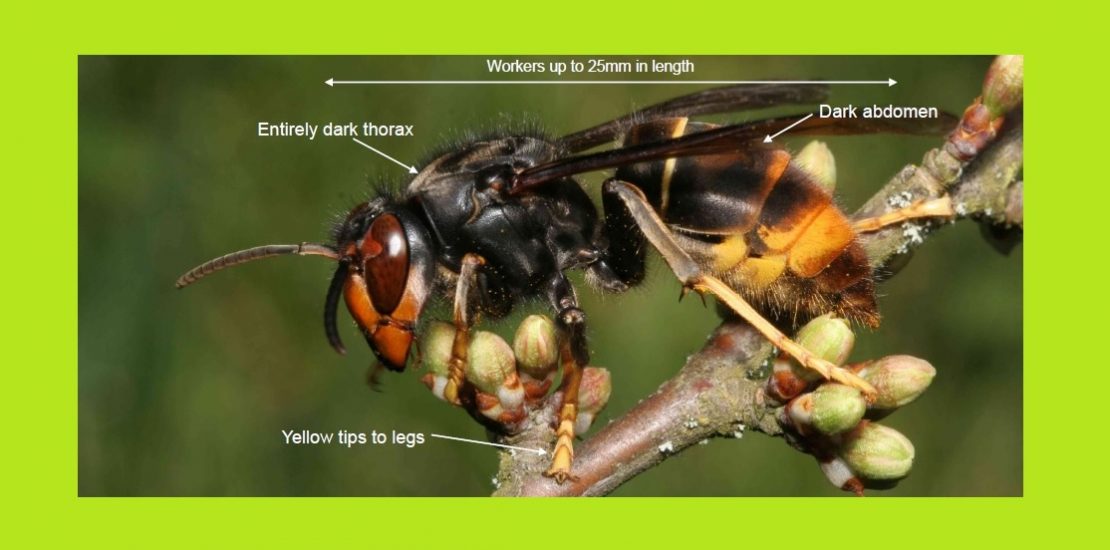Invasive Species Week: Asian Hornet reporting app launched
- March 29, 2017
- Posted by: admin
- Category: Industry News

App created to help members of the public to identify and report Asian Hornet invasions in UK
A new app has been launched this week to report sightings of the Asian Hornet (Vespa velamina). The Asian Hornet is an invasive non-native species originating from Asia. It has recently arrived in France where it is spreading rapidly.
While Asian hornets pose no greater risk to human health than a bee, they are a threat to our native honey bees and ecosystem, which is why it is important to contain them quickly.
The app was developed by the GB Non-native Species Secretariat (NNSS) and the Centre for Ecology and Hydrology (CEH). It is hoped that it will help identify any Asian Hornet nests in the UK and offer opportunity to eradicate them before they have the chance to spread.
The native European Hornet is a valued and important part of our wildlife, and queens and nests of this species should not be destroyed.
Last year there were a number of false alarms reported in the UK press and so the app also includes identifiable pictures of other insects for which the Asian Hornet could be confused with and helpful information about their size, appearance and the times of year they are most likely to be spotted.
What to look out for
- Vespa velutina queens are up to 3 cm in length; workers up to 25 mm (slightly smaller than the native European Hornet Vespa crabro)
- Entirely dark brown or black velvety body, bordered with a fine yellow band
- Only one band on the abdomen: 4th abdominal segment almost entirely yellow/orange
- Legs brown with yellow ends
- Head black with an orange-yellow face
- Vespa velutina is a day flying species which, unlike the European Hornet, ceases activity at dusk
The app is called the ‘Asian Hornet Watch’ app and is available for download for apple and android devices.
Members of the public can also report sightings by email to alertnonnative@ceh.ac.uk with a photo or on the Non-native Species Secretariat website available here: http://www.nonnativespecies.org/index.cfm?pageid=133